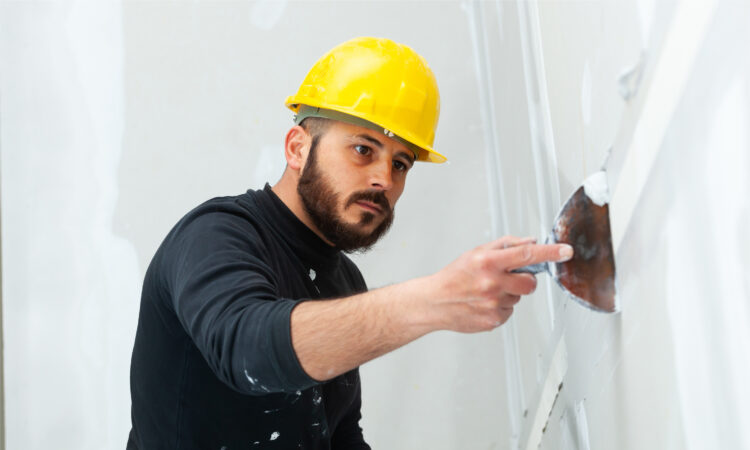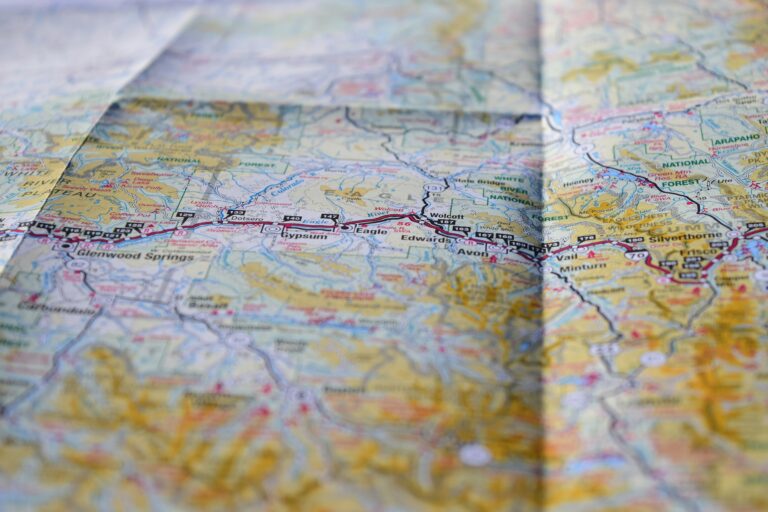Generally, some people choose to cover their wall with paint and some may choose to complement the wall with a texture or pattern. This is wholly dependent on an individual’s requirements, taste or preference. To apply wallpapers effectively and efficiently, it requires a smooth surface. A rough surface is unfit for the application of wallpaper and may require proper preparation beforehand to ensure that the papering is effective.
Cement Plastering Vs Gypsum Plastering
Such a surface may not have the ability to render a smooth and aesthetically appealing surface. As gypsum plaster has the ability to produce an ultra-smooth finish with perfectly leveled corners, it doesn’t require the application of putty or paint before applying wallpaper. On the other hand, cement plastering the wall produces a surface that is rough and has cracks. So the wall has to be prepared prior to applying wallpaper, using paint or putty.
It also requires that the plastered surface is completely dry before applying wallpaper. This is so because a freshly plastered wall is highly porous and if the wallpaper paste is applied to it before the plaster dries, it will absorb the moisture out of the paste before it dries totally.
How long should a plaster dry before wallpapering?
Different plasters require different times to set and to gain their inherent properties. Walls plastered with cement require at least 21 days to get their inherent property and to become ready for wallpapering. This is so because cement plastering requires at least 7 days of water curing. During this period water is sprayed on the plastered wall to allow it to settle slowly. This reduces the cracks that would otherwise result from the sudden drying of the plaster. It also takes at least 15 days from the time of application to gain strength and settle down. If a primer or paint is applied to wet plaster, it may produce inconsistent results and may fall off due to the resulting heaviness when the paint is applied.
While on the other hand, walls that are gypsum plastered become ready for application of paint or wallpaper in just 4 days. Gypsum plastered walls do not water curing and it also settles down in less than 30 minutes from the time of application. They gain their inherent strength within 78 hours and so they become wallpaper-ready in 4 days.
Priming the wall after gypsum plastering produces a smooth surface and closes the surface. The surface after priming restricts the wallpaper paste from seeping into the wall surface.
How can you find out if the plaster is dried?
Wallpaper should be applied on a freshly plastered wall only after it has totally dried up. You can ensure that there are no dark patches and look for uniform light colour, to conclude if the plaster has dried completely.
On the whole, it is important to ensure that you give enough time for the plaster to dry completely. Failing to do so produces a ripple and a lot of problems emerge over the course of the period if the wall hasn’t completely dried up. If you are applying the wallpaper paste over a surface that hasn’t dried completely, the wallpaper may peel off.
Gypsum plastering reduces overall costs and lowers the consumption of resources like water and electricity. It also produces a smooth surface and settles down faster than cement plaster.



